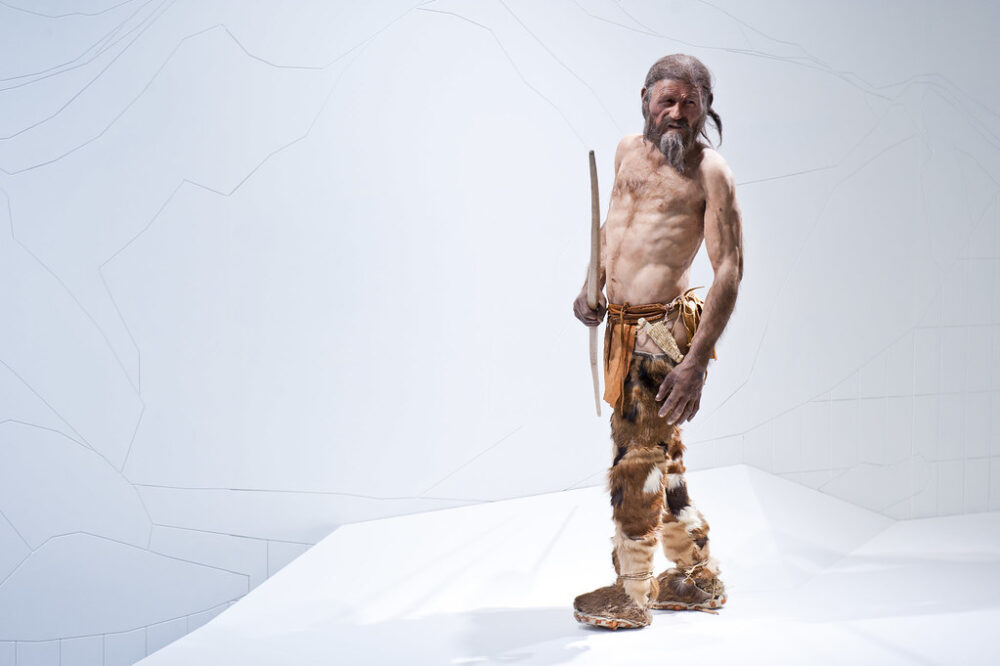What do vampires, werewolves, and mummies all have in common? They are classic monsters, but only one of the three truly exists. Mummification has been used to preserve bodies for thousands of years. But mummies are more than old monsters, and science has shown that mummies offer a plethora of information to the academic community.
The German couple responsible for finding the frozen mummy in the Otztal Alps could not fathom the decades of research they kickstarted with their discovery. Iceman Otzi’s discovery generated a buzz in both popular and academic culture. Why? The unique preservation of this frozen mummy allowed scientists and anthropologists to learn when Otzi lived, his cause of death, his community, and even his blood type (O). How is it possible to learn more from this mummy than any other?
Mummies are more than old monsters, and science has shown that mummies offer a plethora of information to the academic community.
The answer lies in Otzi’s mummification process. Unlike many mummies predicted to have lived around the same time as Otzi, Otzi was mummified naturally in ice as opposed to intentionally by other humans. This natural mummification is not as simple as burying a person in ice, but biologists are still theorizing the precise process. Otzi’s skin and muscle DNA is a useful tool in mapping how, exactly, this ancient man was preserved with any mechanical integrity. Via advancements in DNA sequencing and amplification technology, scientists analyzed DNA extracted from Otzi’s skin and muscles. Their analysis revealed large quantities of bacterial DNA on Otzi’s skin and an even higher concentration in his muscle. The key to understanding how Otzi was mummified lies within the characteristics of these bacteria. The skin bacteria suggest Otzi was in continual contact with plant debris and mild temperatures — an appropriate condition for the bacteria’s growth. The presence of cold-adapted bacteria in Otzi’s muscle suggests environmental conditions were appropriate for this bacteria to grow at another point in time. This analysis disproved initial hypotheses, claiming Otzi was mummified by rapid dehydration closely after his death. The growth of bacteria suggests Otzi was first buried in snow, then thawed, and finally dehydrated.
We can thank the ice for preserving a rich source of history and science.
Analysis of Otzi was only possible due to the cooperation of his natural mummification and advancements in scientific technology. Even in 2022, we are still uncovering new information about Otzi based on what can be discerned with new technologies. Though many hypotheses about Otzi remain, we can thank the ice for preserving a rich source of history and science.
American Journal of Biological Anthropology (2000). DOI: 10.1002/(SICI)1096-8644(200002)111:2<211::AID-AJPA7>3.0.CO;2-M
